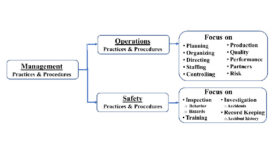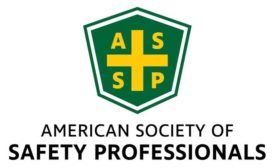Workplace Safety Culture
Breaching the C-suite
Powerful execs can be intimidating when it comes to safety
December 13, 2022
Leading Safety
Separating safety management from operations isn’t always beneficial
Issues occur within safety oversight
December 13, 2022
Leading Safety
Employee engagement’s impact on safety
Engaged workers have fewer incidents, are less costly for employers
November 16, 2022
4 things construction companies can do to optimize safety training for Gen Z
Safety rests on the quality of our training
November 1, 2022
Getting workers to wear PPE Is a struggle for many employers
J. J. Keller Survey reveals sizing, heat, and supply chain issues as key factors
October 27, 2022
Leading Safety
Focus on employees’ needs for a more productive approach to workplace engagement
October 18, 2022
Become a Leader in Safety Culture
Build your knowledge with ISHN, covering key safety, health and industrial hygiene news, products, and trends.
JOIN TODAYCopyright ©2025. All Rights Reserved BNP Media.
Design, CMS, Hosting & Web Development :: ePublishing










